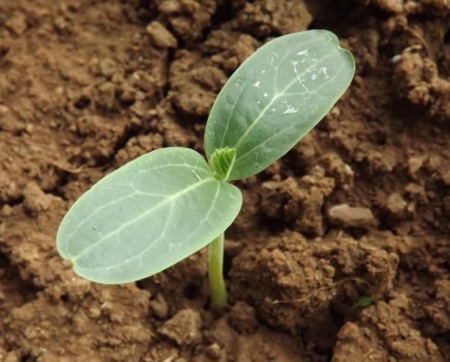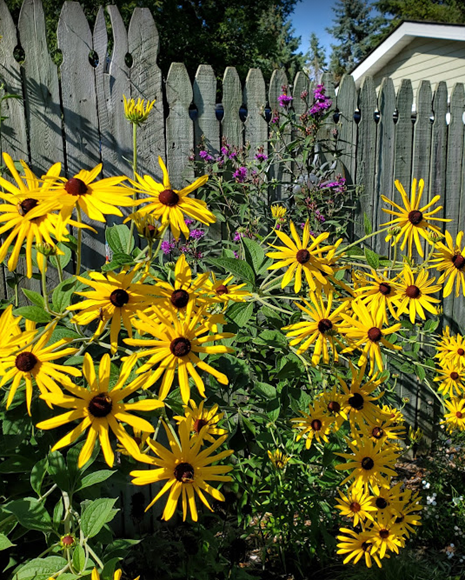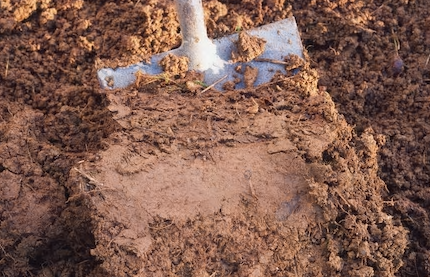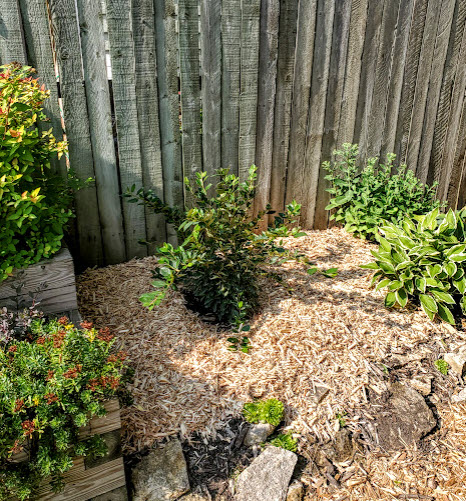Click below to listen to my 2 min. Garden Bite radio show: Got clay? Why that’s not a bad thing
There are many gardeners who have clay soil. Most lament that fact but Proven Winners says you can learn to love it, it just takes a bit of knowledge and a bit of elbow grease. What IS clay soil? It’s sticky and absorbs water slowly, when it dries out it can be crusty, lumpy and hardpacked. So far not lovin’ it.

HOWEVER, Clay soils are more fertile than many other soil types because each tiny clay particle is packed with places to hold on to water and fertilizer, saving you watering and reducing the amount of times you fertilize, which is important to know, so you don’t over do it.

Clay soils also provide a wonderful foundation for plants. Their roots are held well in clay, which means there are a lot of perennials and annuals that can thrive. It allows them to survive extremes of temperature and moisture, that means less winter heaving because of freezing and thawing cycles. Especially like THIS year. Heat, drought, ugh… Plants that grow in clay soil.

So, with a clay soil you water less, fertilize less, get a better foundation for your plants and extend their hardiness when extremes in weather or other factors occur. I bet right now you are feeling a bit better about that clay soil you’ve been cursing!
This Brit has some great information on planting in clay soil and a variety of plant life that digs it. David Domoney.

Here’s the caveat, as you with clay might know already… digging.. It’s tough, plain and simple. It’s worse if the soil is wet. Never work a wet soil.

While clay holds moisture and nutrients, it also holds bad things like salt. As for how to fertilize, less is better.
As for watering, that’s less too as the clay holds that water longer. Adding organic matter is especially important to help fluff up the soil and mulching is always a good idea.

